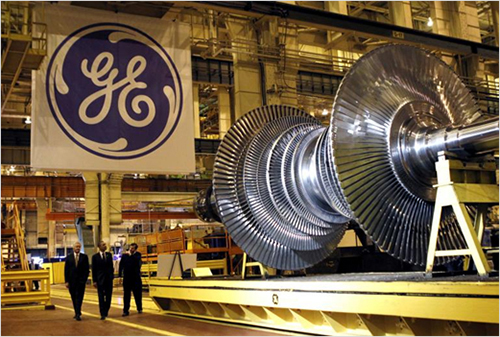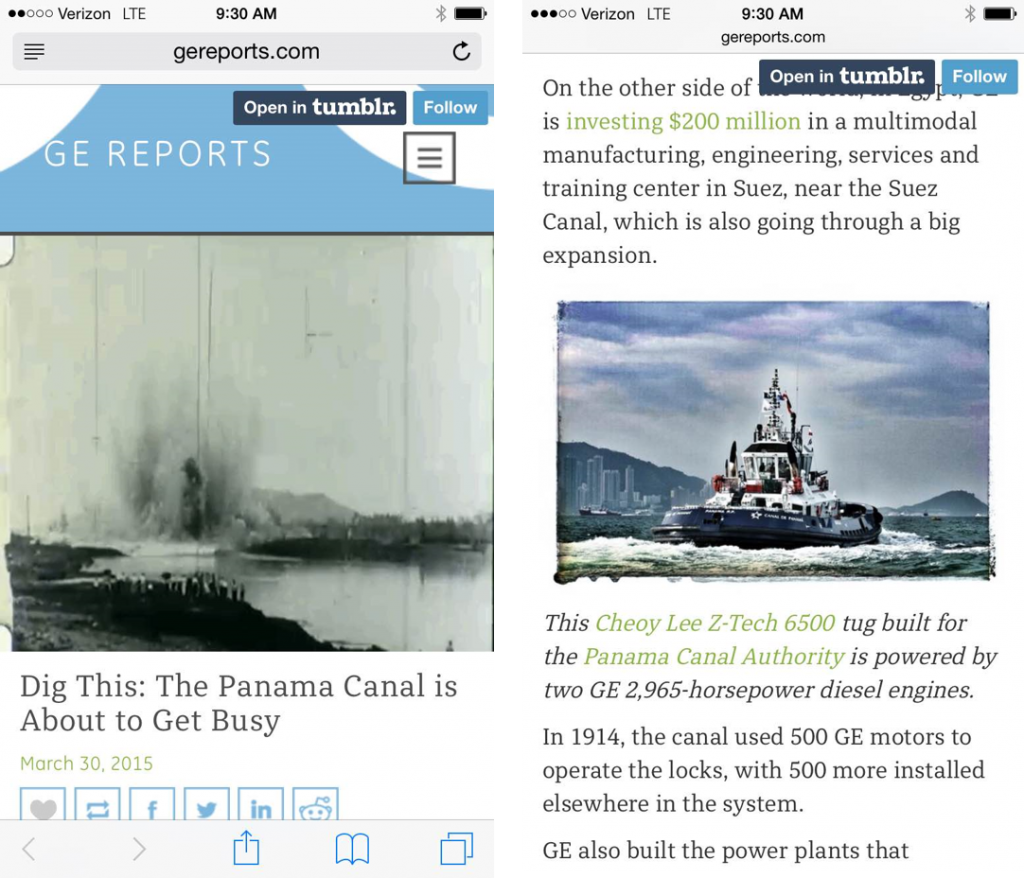A good percent of the U.S. population has watched the Budweiser “puppy love” ad that ran during the Super Bowl. At last count, YouTube views were about to crack the 50,000,000 mark.
I believe that qualifies as a viral video.
What exactly in the video caused so many people to watch and share?
Of course, it’s a terrific story that touches the heart. But how did Budweiser structure the storytelling to trigger so many “you’ve got to see this” reactions?
Communication professionals can learn a ton about storytelling from their advertising brothers. When you’re shelling out $4 million and change for a single ad, it has a way of tuning one’s senses, a dynamic that typically doesn’t exist when PR crafts a pitch or writes a news release.
As a result, advertising often structures their creative with the same classic story arc taught in your high school English class.
Even in the 60 seconds devoted to the “puppy love” ad, a classic story arc emerges. You can see the break down of how this plays out in the graphic below:

In short, bad stuff happens in good storytelling (and yes, I took liberties in having the puppy channel Jimi Hendrix).
When the stranger adopts the puppy and starts driving away, we assume the puppy is headed for a dull life in the burbs away from his best friend. This creates the tension which in turn enables the “payoff” with the horse and his posse coming to the rescue.
The traditional PR mindset is to hide or diffuse or sprackle over the “bad stuff.”
Again, no bad stuff, no story.
Yes, I recognize that paid media allows advertising to control the narrative. They can dish out a crisis knowing with 100-percent certainty that a payoff and happy ending await.
Not so with PR.
Still, PR needs to push for content related to activities that didn’t go according to plan. This way, you frame the storytelling with a before and after narrative. The more distance between the two, the greater the drama. But without the “before,” the journalist or reader has no way to understand the context for the “after.”
Beyond the story arc, here are three more takeaways from the Budweiser video to guide PR-generated content:
1. Provide context
If you only see the stranger driving off with the puppy and don’t know that the puppy has tried three times to see his buddy, the horse, you figure what’s the big deal. After all, it IS a puppy adoption business.
2. Outward focus
Shouting “me, me, me” is the quickest away to turn off the audience. The company needs to be in a supporting role, not the hero.
3. Humanize the story
If your company makes software for troubleshooting computer networks, it’s going to be a stretch to bring a puppy (or a cat) into the picture. But this dimension can still brought out through the people involved.
Side Note: Al Topkins offers an excellent breakdown of the “puppy love” videography at Poynter (hat tip to Ben Whitmore at IDG).






